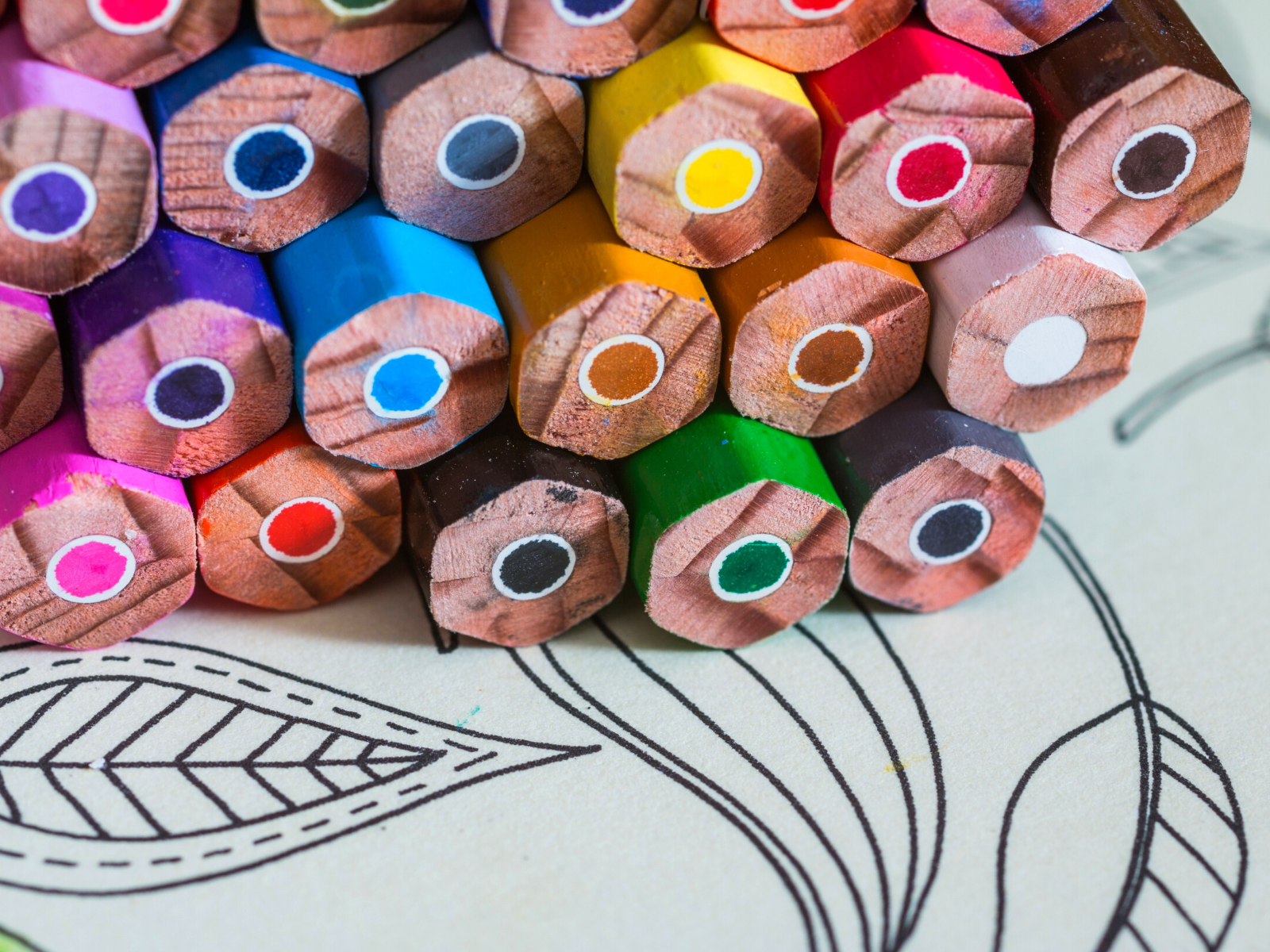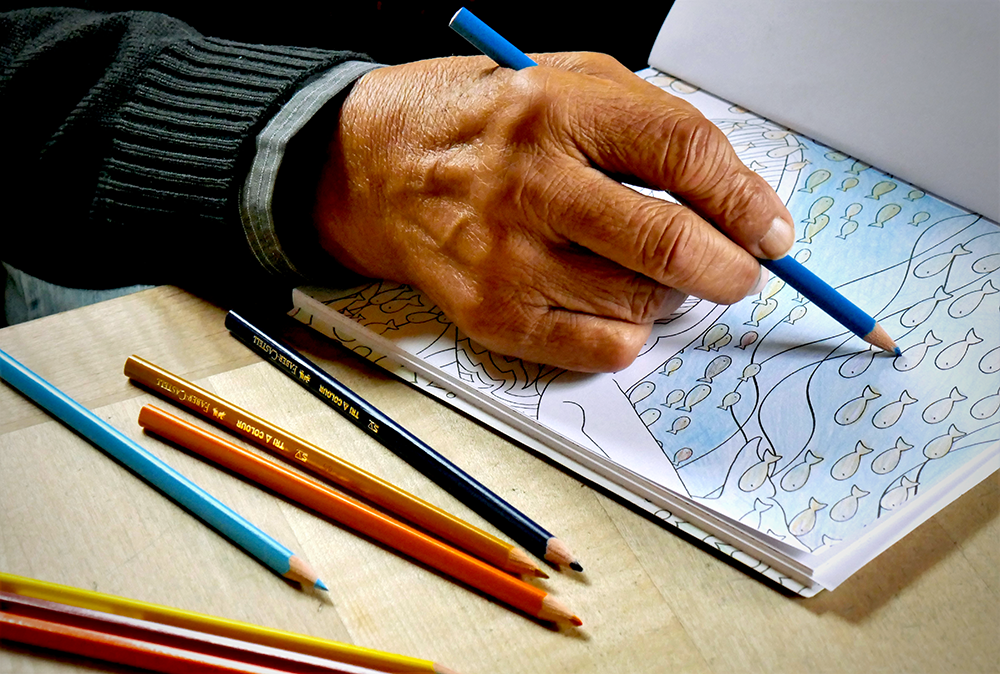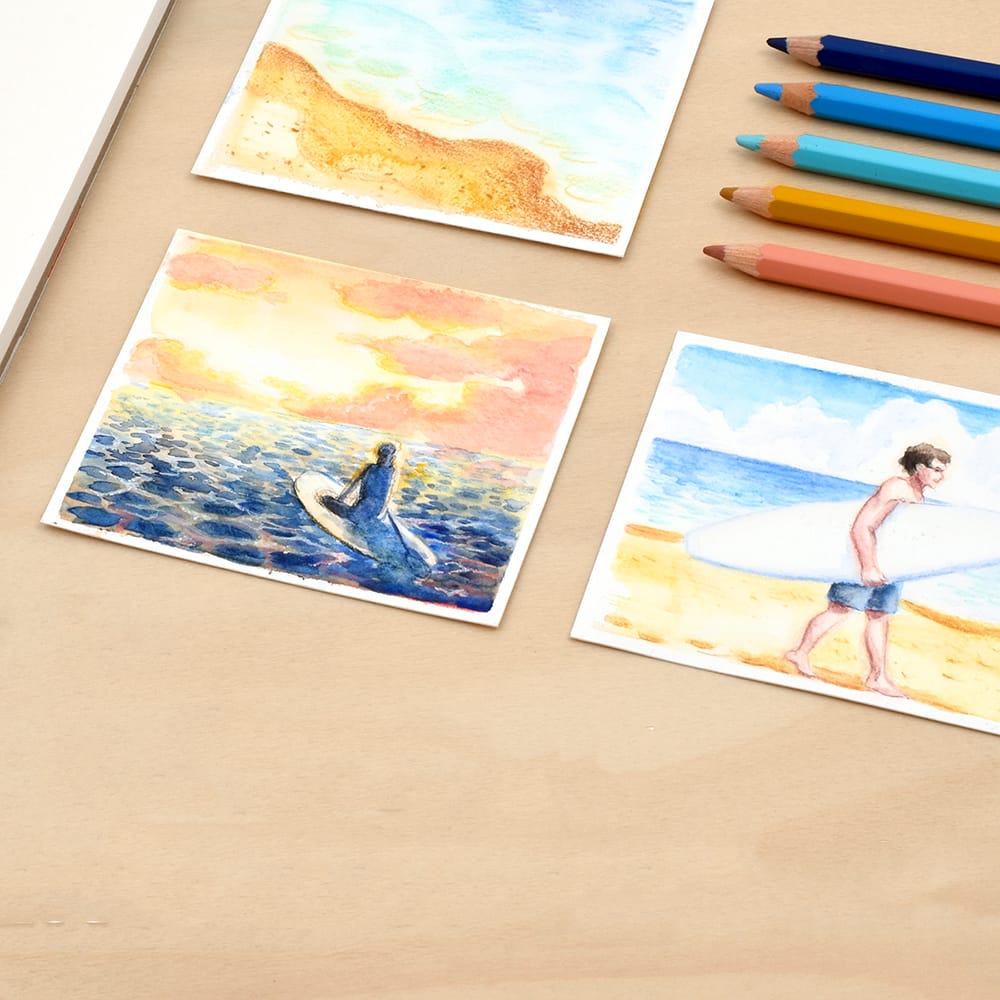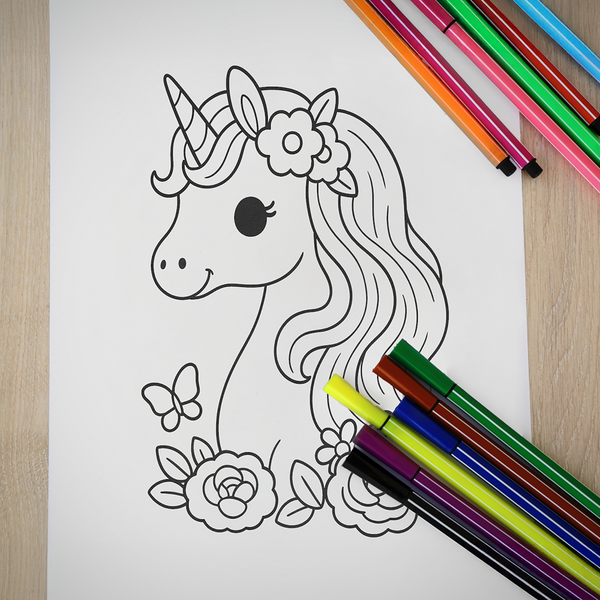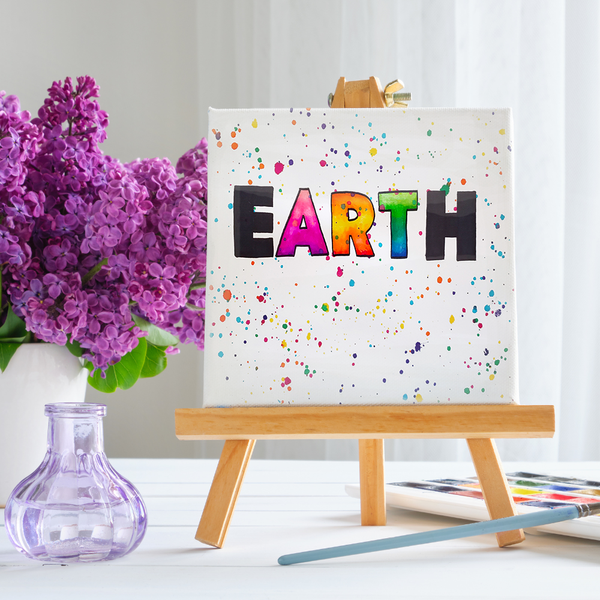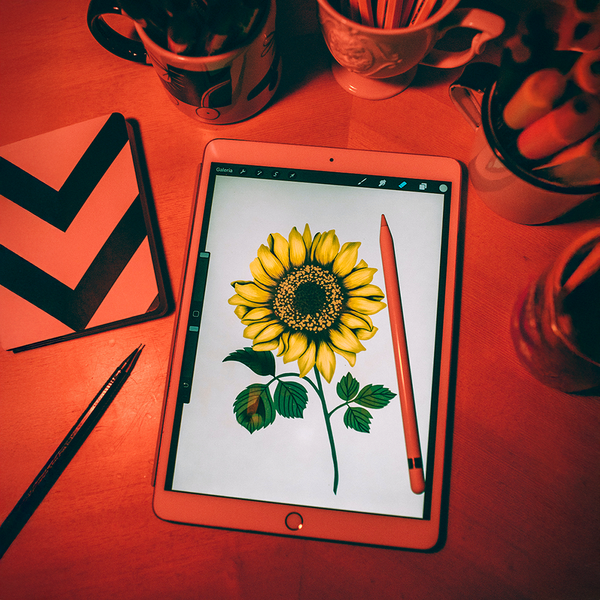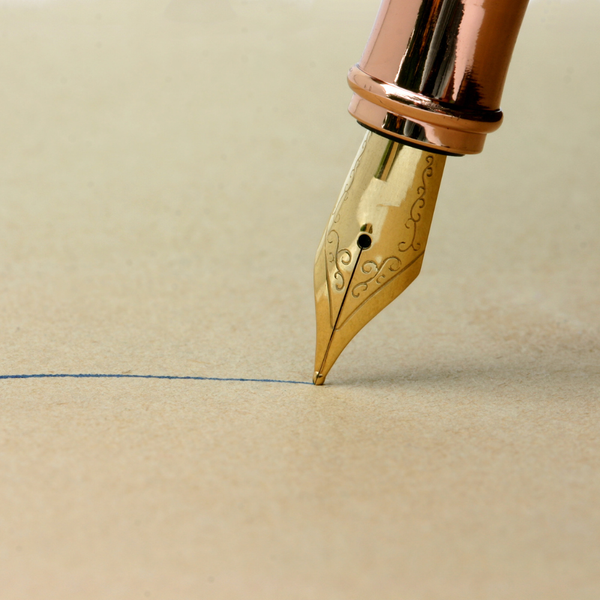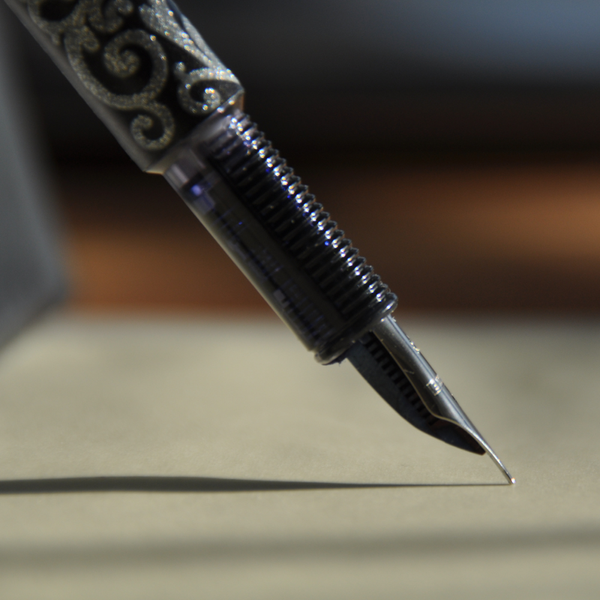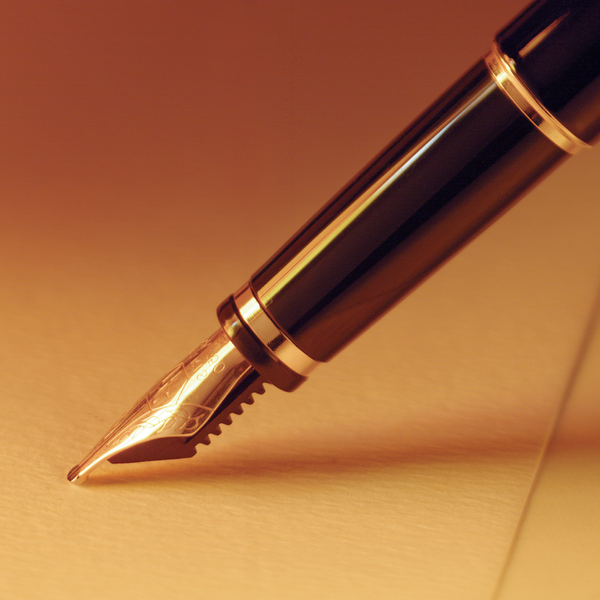Watercolor pencils are a game-changer for artists and colorists alike, combining the precision of colored pencils with the dreamy fluidity of watercolor painting.
But can you use them in your favorite coloring book?
The answer is a resounding yes, but there are some important considerations to keep in mind to ensure the best results, and there are a few key tips and tricks you need to know.
Let's dive into the vibrant world of watercolor pencils and discover how to make your coloring book pages come alive with stunning, fluid hues!
Key Takeaways:
- Watercolor pencils can be used effectively in adult coloring books with the right techniques and materials.
- Understanding the differences between watercolor pencils and regular colored pencils is crucial for achieving desired results.
- Proper paper selection and blending techniques can make a huge difference in the final artwork.
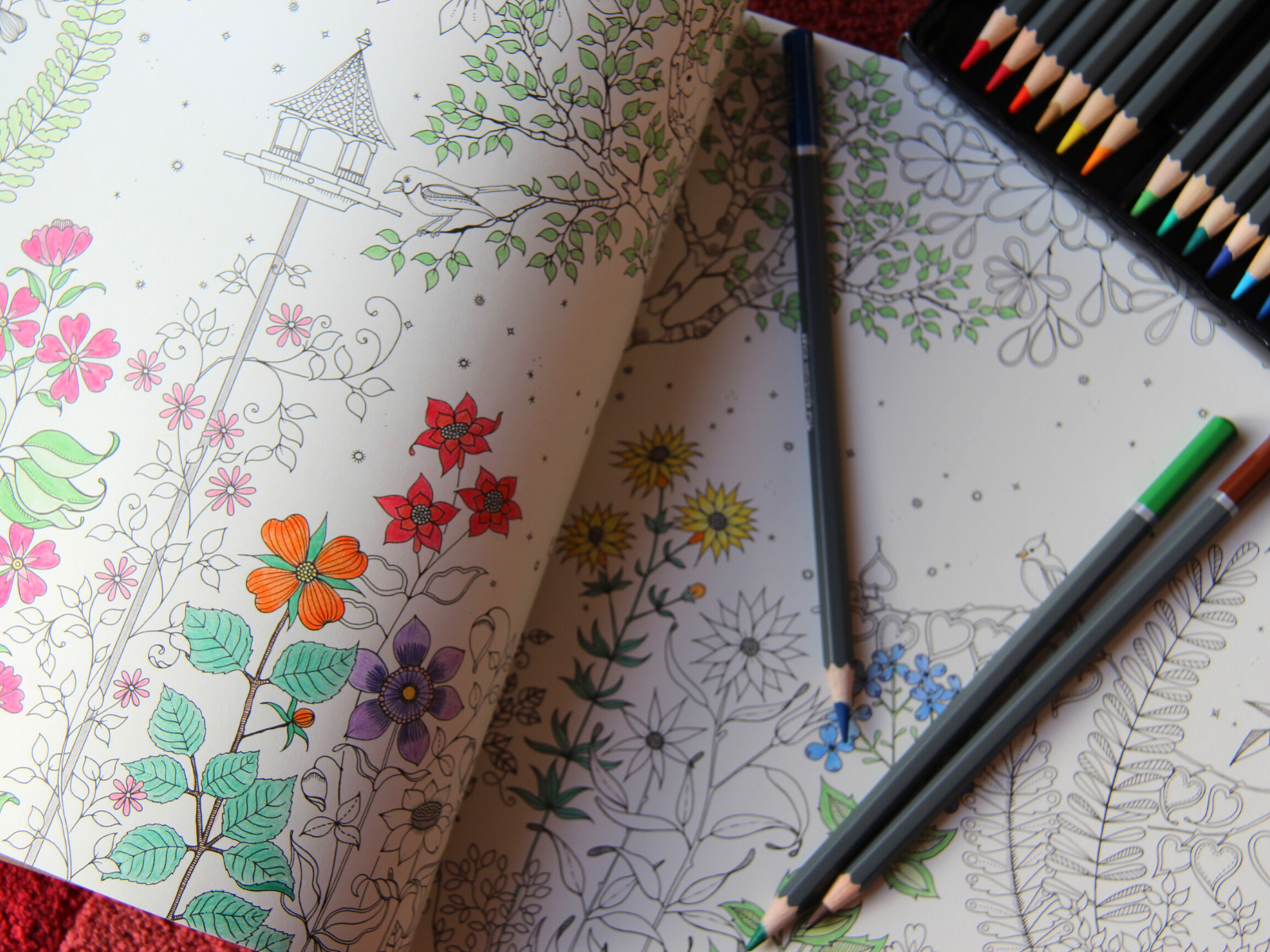

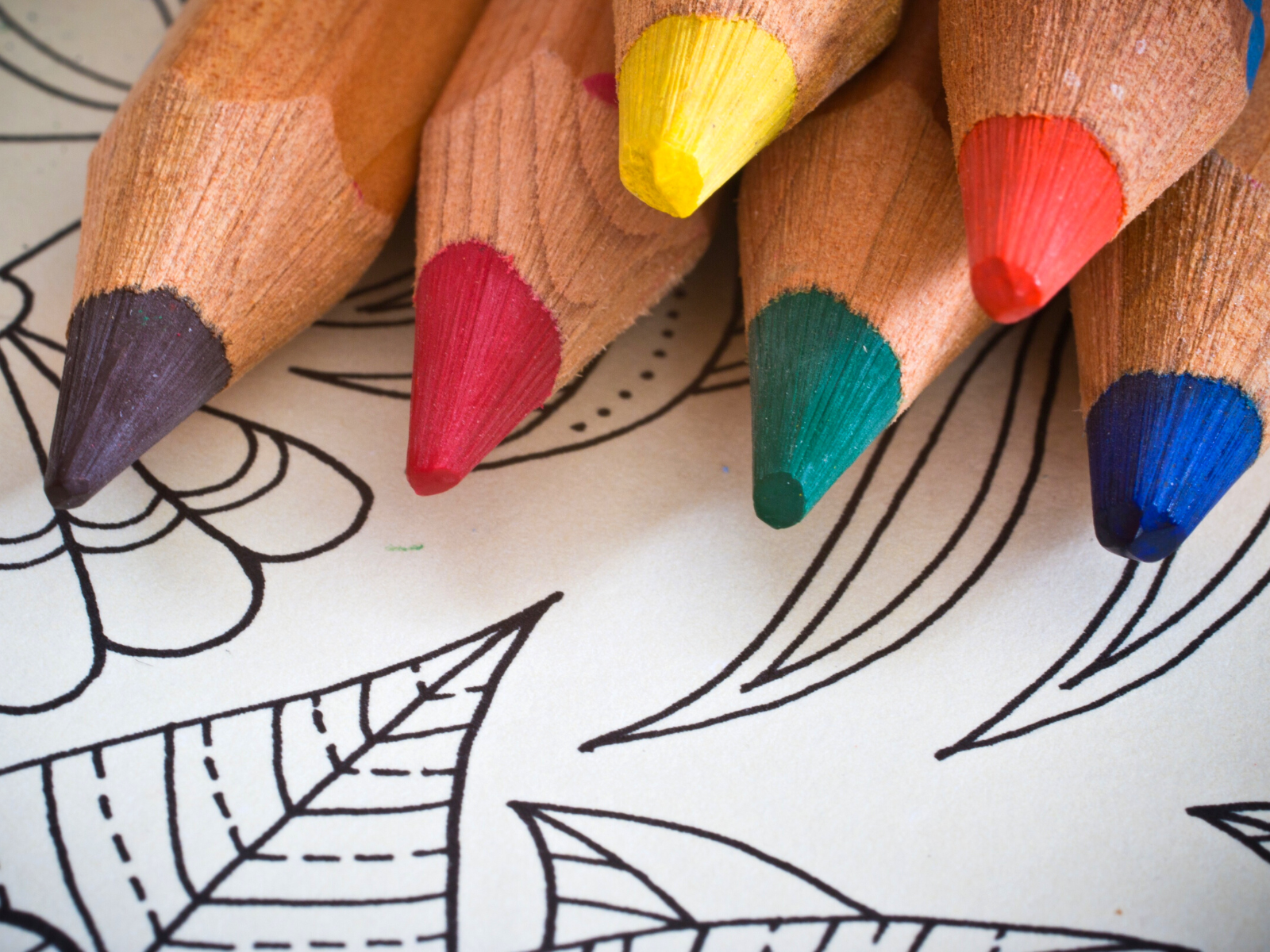
Understanding Watercolor Pencils
Watercolor pencils are unique art supplies that allow you to draw and paint with the same tool.
Unlike regular colored pencils, watercolor pencils contain pigment that can be activated with water.
This means you can create delicate shades and blend colors seamlessly, adding a new dimension to your artwork.
Choosing the Right Coloring Book
Not all coloring books are created equal, especially when it comes to using watercolor pencils.
Adult coloring books with thicker, high-quality paper are ideal.
Watercolor paper is the best option as it can handle the moisture without warping or bleeding.
Normal paper may not hold up as well, leading to disappointing results.
Preparing Your Workspace
Before you start, make sure you have all your art supplies ready.
This includes your watercolor pencils, a water brush pen or wet paint brush, and a piece of scrap paper for testing colors.
Having a clean, organized workspace will help you focus on your artwork and avoid any mishaps.
Basic Techniques for Using Watercolor Pencils
Start by using your watercolor pencils dry to outline and add fine details to your coloring book pages.
Once you're satisfied with the dry application, you can begin adding water. Use a water brush or a wet brush to gently blend the colors.
This will create a smooth, watercolor effect that can make a huge difference in the final piece.
Blending Colors
Blending colors with watercolor pencils is a great idea for creating depth and dimension in your artwork.
Light layers of different colors can be blended together to achieve a seamless transition.
This technique is especially useful for intricate work where you want to add subtle gradients and highlights.
Adding Water
When adding water to your watercolor pencils, it's important to use the right amount.
Too much water can cause the paper to warp, while too little may not activate the pigment fully.
Experiment with different amounts to find what works best for your specific coloring book and paper type.
Using a Water Brush
A water brush is a convenient tool for applying water to your watercolor pencils.
It allows for precise control and can be easily refilled.
This makes it easier to blend colors and create smooth transitions without over-saturating the paper.
Creating Textured Effects
Textured paper can add an interesting dimension to your coloring book pages.
The texture allows the pigment to settle in different ways, creating unique effects.
This can be especially useful for adding fine details and creating a more dynamic piece of artwork.
Combining Watercolor Pencils with Other Mediums
Watercolor pencils can be combined with other art supplies like markers and regular watercolors to create mixed media artwork.
This can add variety and interest to your coloring book pages, allowing you to experiment with different techniques and styles.
Using a Workable Fixative
A workable fixative can be a lifesaver when using watercolor pencils in a coloring book.
It helps to set the pigment and prevent smudging, allowing you to layer colors without worrying about ruining your previous work.
Most brands offer fixatives that are easy to apply and dry quickly.

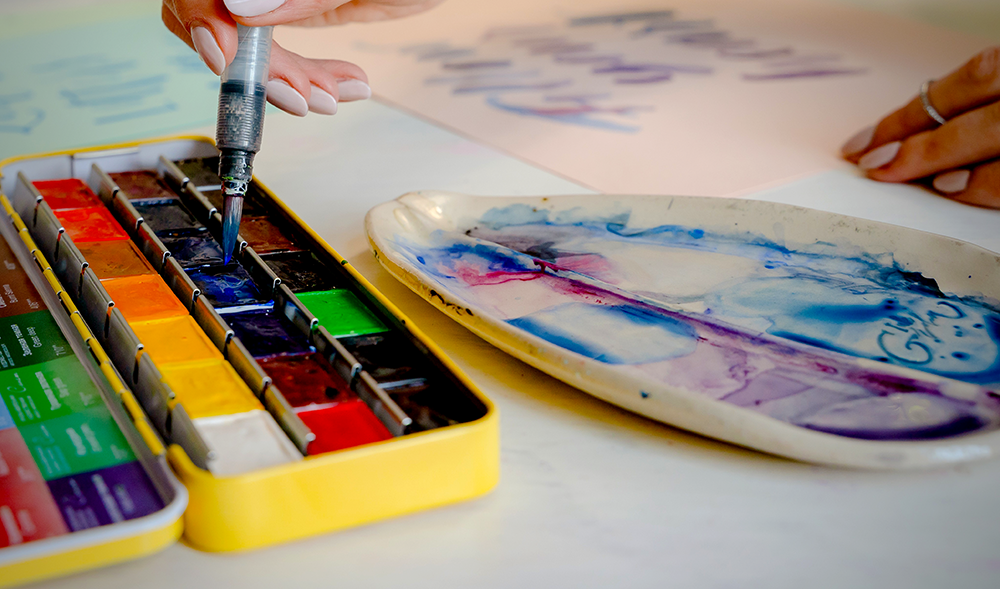
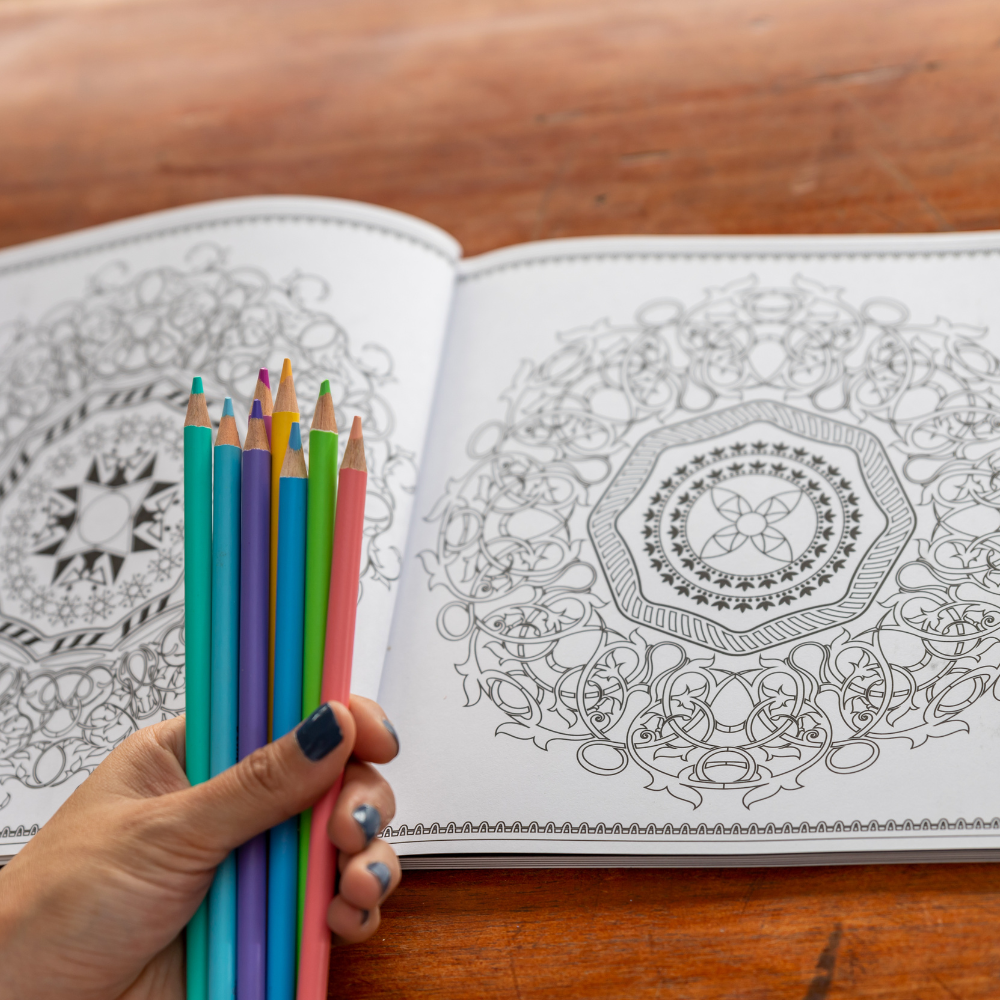
Watercolor Pencils vs. Regular Colored Pencils
Watercolor pencils and regular colored pencils have different properties that can affect your artwork.
Regular colored pencils have a wax core that provides intense colors but doesn't blend as easily as watercolor pencils.
Understanding these differences can help you choose the right tool for each part of your coloring book.
Exploring Artist Quality Watercolor Pencils
When diving into the world of watercolor pencils, opting for artist quality watercolor pencils can make a significant difference.
These pencils, such as Caran d'Ache, offer superior pigment and blending capabilities, ensuring vibrant and long-lasting results.
Unlike regular colored pencils, artist quality watercolor pencils provide a smoother application and richer color payoff, making them ideal for adult coloring pages and intricate designs.
The wood casing of these pencils is also more durable, allowing for a fine point that can handle detailed work.
Using artist quality watercolor pencils on white paper can elevate your artwork, bringing out the true potential of your coloring book.
The pigments in these pencils react beautifully when you add water, creating stunning watercolor effects.
Whether you're blending two colors to create a new shade or using a fine point for detailed areas, the quality of these pencils ensures a seamless experience.
Investing in high-quality materials can transform your craft ideas and take your coloring skills to the next level.
Innovative Craft Ideas with Watercolor Pencils
Watercolor pencils are not just for coloring books; they open up a world of creative possibilities.
One innovative craft idea is to use watercolor pencils to create greeting cards.
Start by drawing your design on white paper, then add water to blend the colors and create a watercolor effect.
This technique can make your cards look professionally printed, adding a personal touch to your greetings.
The versatility of watercolor pencils allows you to experiment with different techniques and styles, making each card unique.
Another exciting craft idea is to combine watercolor pencils with ink.
Begin by outlining your design with a fine point ink pen, then use watercolor pencils to fill in the colors.
Adding water will blend the colors seamlessly, creating a beautiful contrast between the sharp ink lines and the soft watercolor hues.
This method is perfect for creating intricate designs and detailed illustrations.
Whether you're working on the same piece or experimenting with different projects, watercolor pencils can enhance your creative endeavors and bring your artistic visions to life.
Experimenting with Different Brands
Different brands of watercolor pencils can produce varying results.
Some, like Caran d'Ache, are known for their high-quality pigments and smooth application.
Experimenting with different brands can help you find the best colored pencils for your needs and preferences.
Practicing Basic Techniques
Practicing basic techniques like layering, blending, and adding water can help you become more comfortable with using watercolor pencils.
Start with simple designs and gradually move on to more intricate work as you gain confidence and skill.
Protecting Your Artwork
Once you've finished your coloring book page, it's important to protect your artwork.
Using a fixative can help set the colors and prevent smudging.
Storing your coloring book in a safe place will also help preserve your hard work.
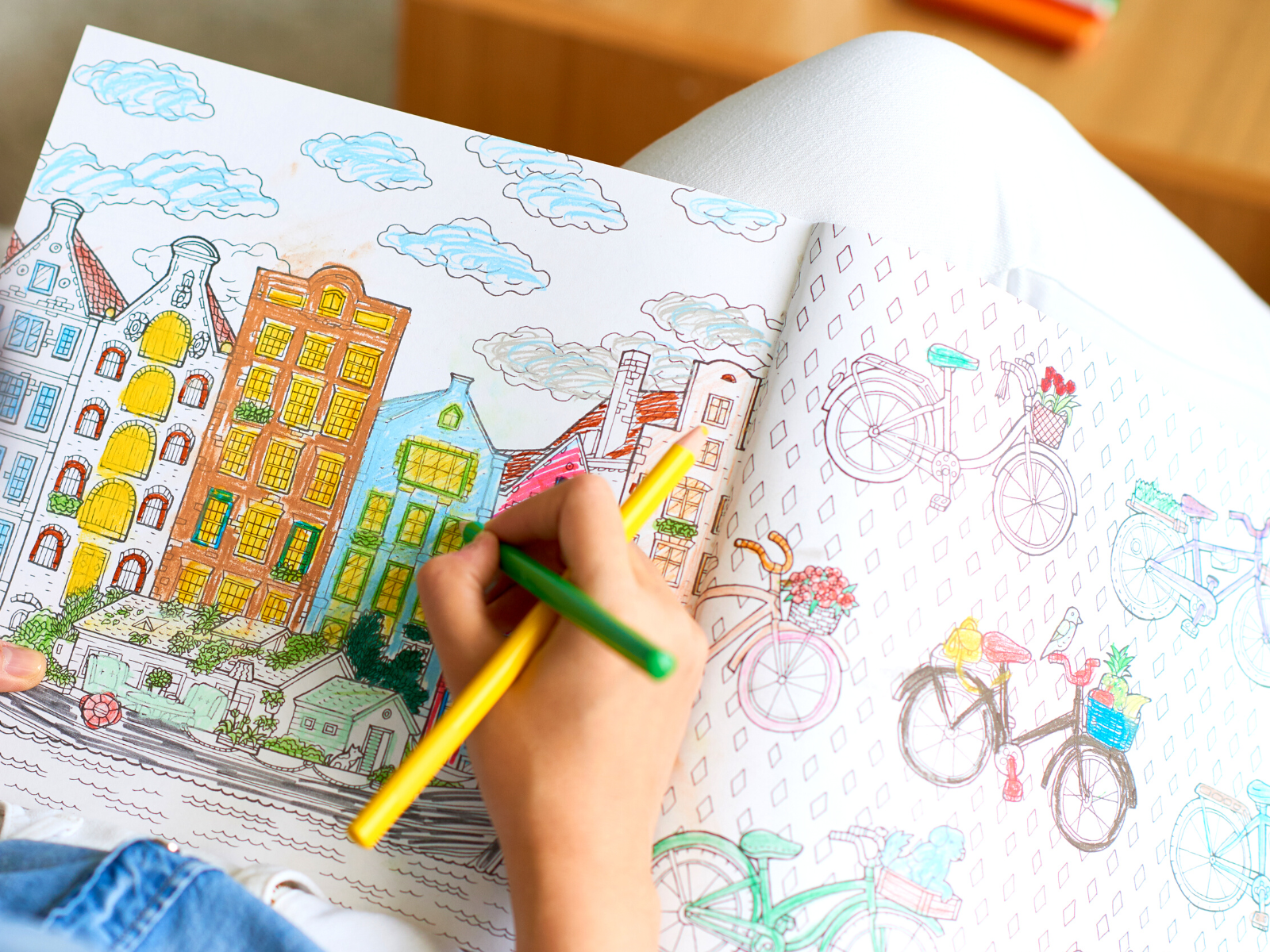
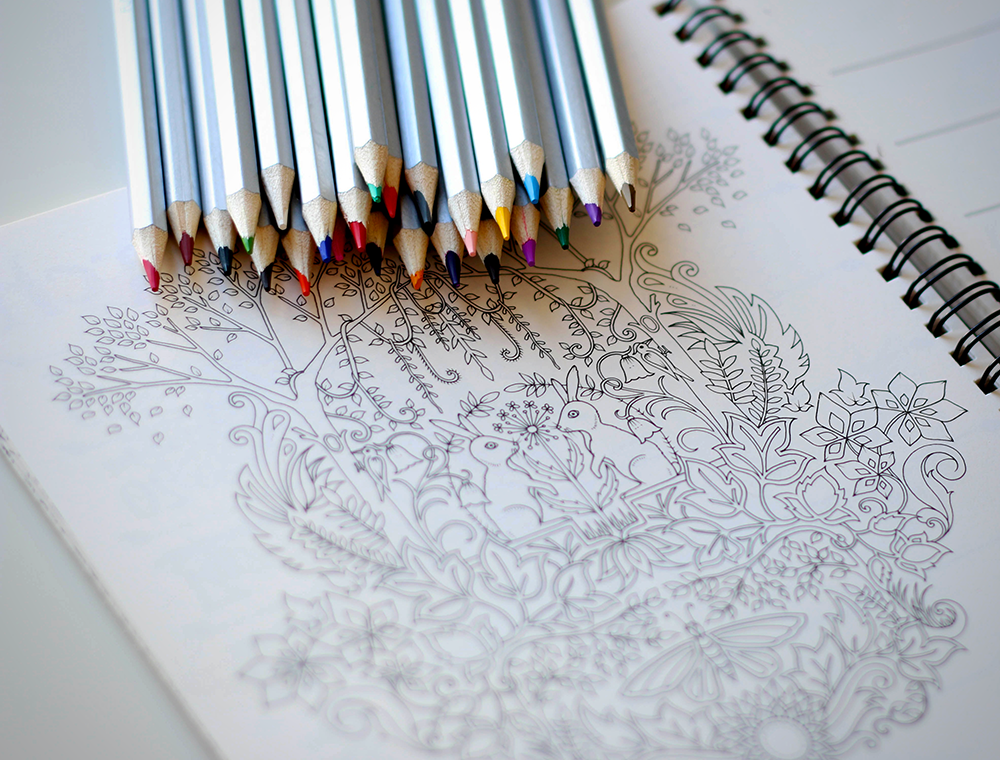
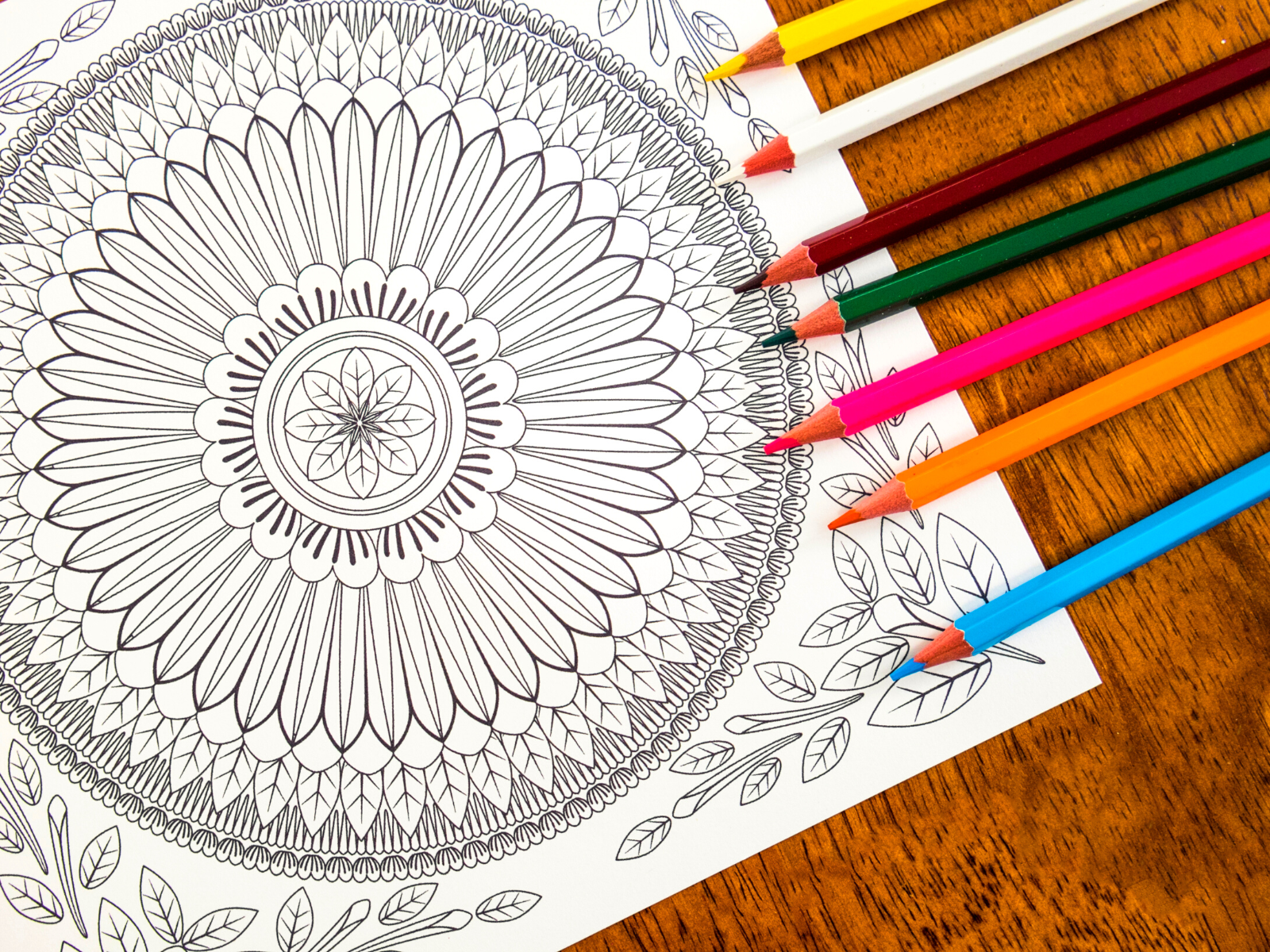
Unleash Your Creativity with Watercolor Pencils!
Using watercolor pencils in a coloring book is not just an activity; it's an adventure into a world of vibrant creativity and expression.
By mastering the nuances between watercolor pencils and regular colored pencils, selecting the perfect paper, and honing your techniques, you can transform simple pages into stunning works of art.
Whether you're just starting out or you're a seasoned colorist, the endless possibilities that watercolor pencils offer will keep your artistic spirit soaring.
So, grab your pencils, let your imagination run wild, and watch your coloring book come to life with breathtaking hues and fluid beauty!
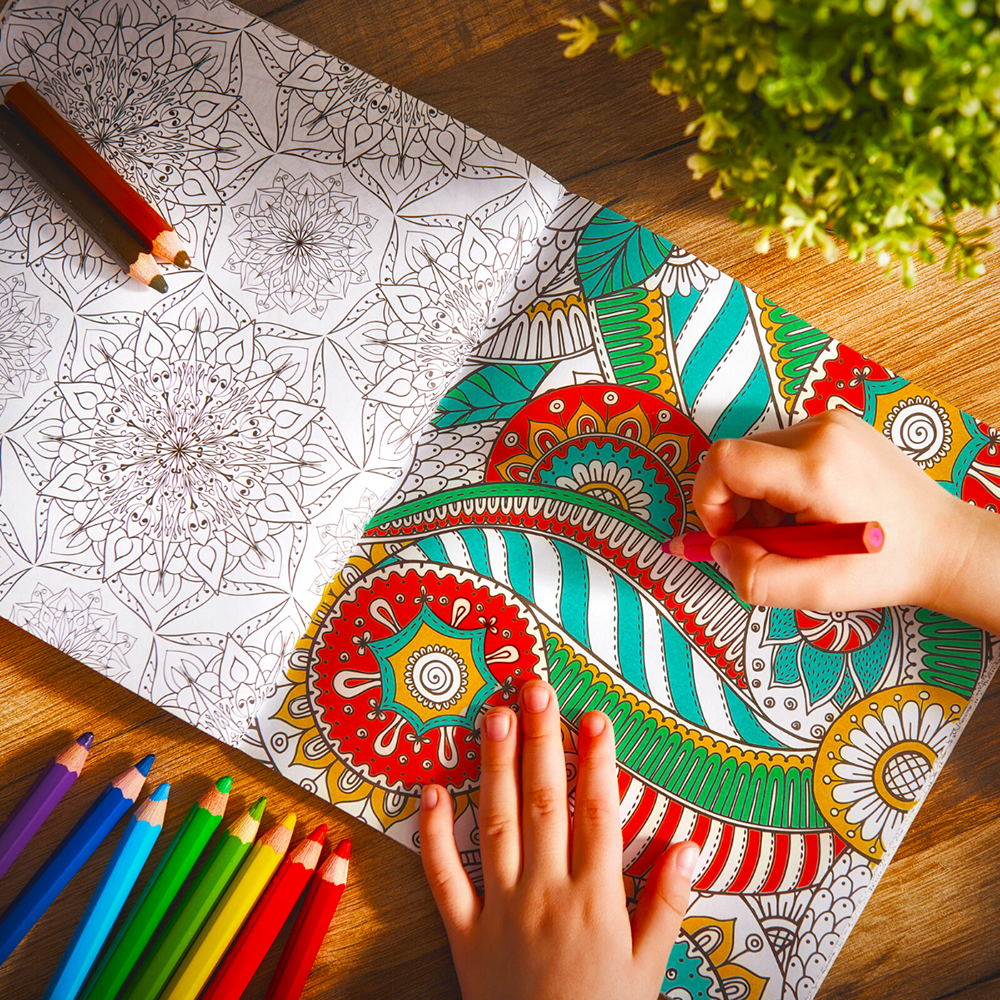
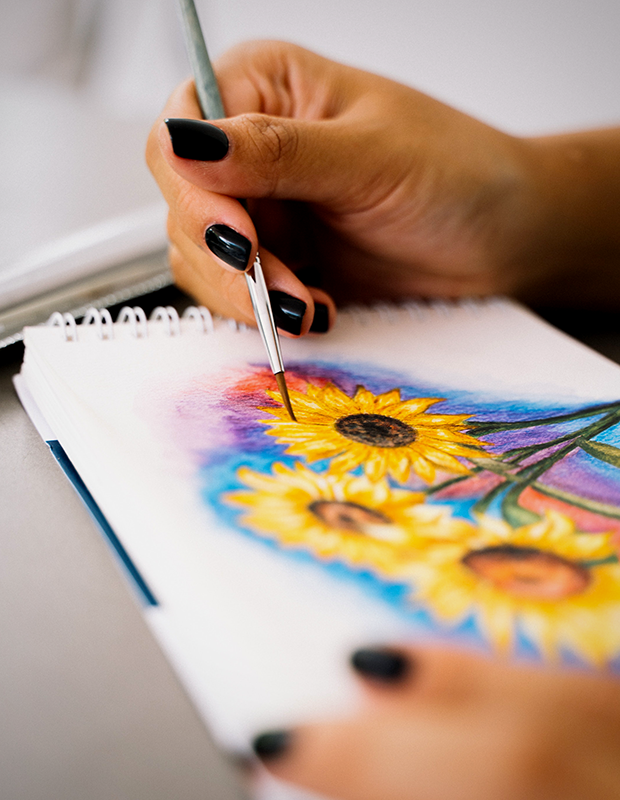
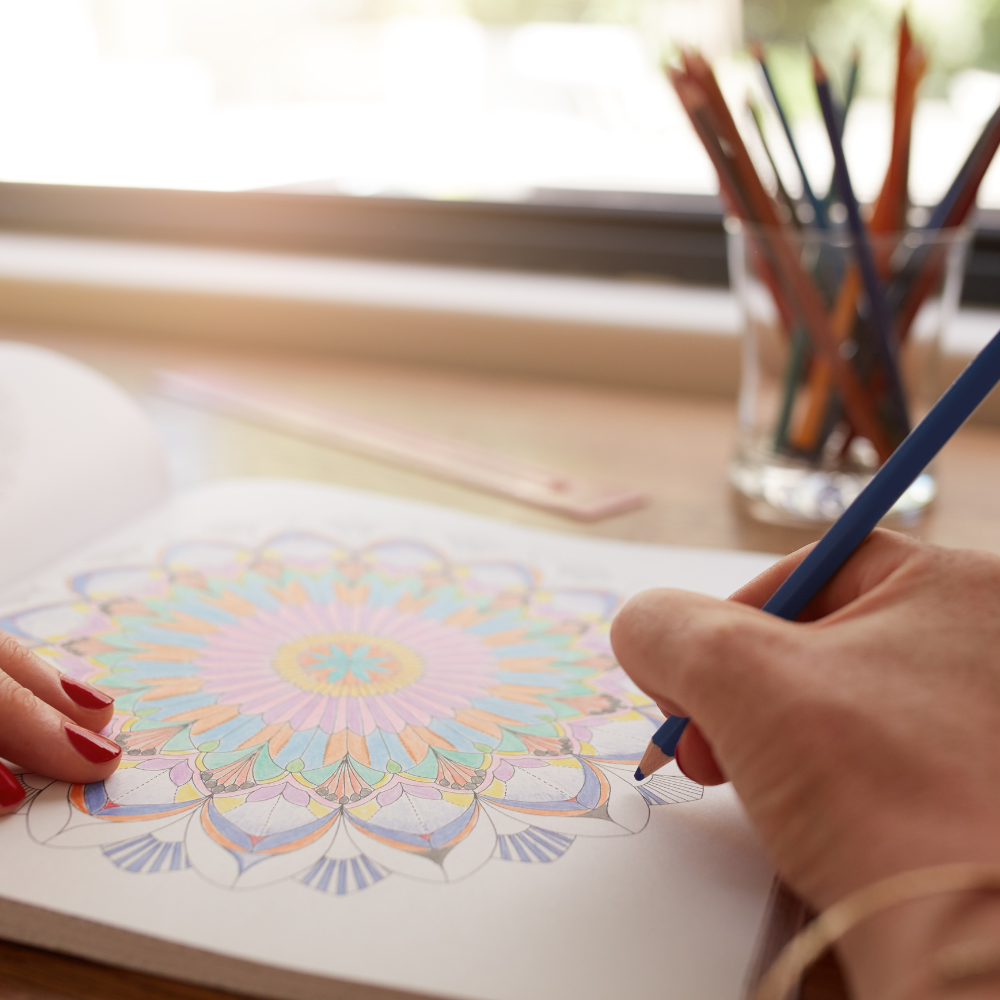
Watercolor FAQs
Dive into the vibrant world of watercolor!
Whether you're a seasoned artist or just starting out, we've got answers to your burning questions about using watercolor pencils in coloring books.
From choosing the best brands to mastering the art of blending, our expert tips will help you create stunning, colorful masterpieces.
Let's get those creative juices flowing and make your artwork come alive!
Can I use watercolor pencils in a coloring book?
Yes, you can use watercolor pencils in a coloring book. However, it's important to choose a coloring book with thick, high-quality paper that can handle the moisture from the water. Watercolor paper is ideal, but other thick papers can also work well.
What are the best watercolor pencils for coloring books?
Some of the best watercolor pencils for coloring books include brands like Caran d'Ache, Faber-Castell, and Derwent. These brands are known for their high-quality pigments and smooth application, making them ideal for detailed and vibrant artwork.
How do I blend colors with watercolor pencils?
To blend colors with watercolor pencils, start by applying light layers of different colors. Then, use a water brush or wet brush to gently blend the colors together. Experiment with different amounts of water to achieve the desired effect and create smooth transitions between colors.

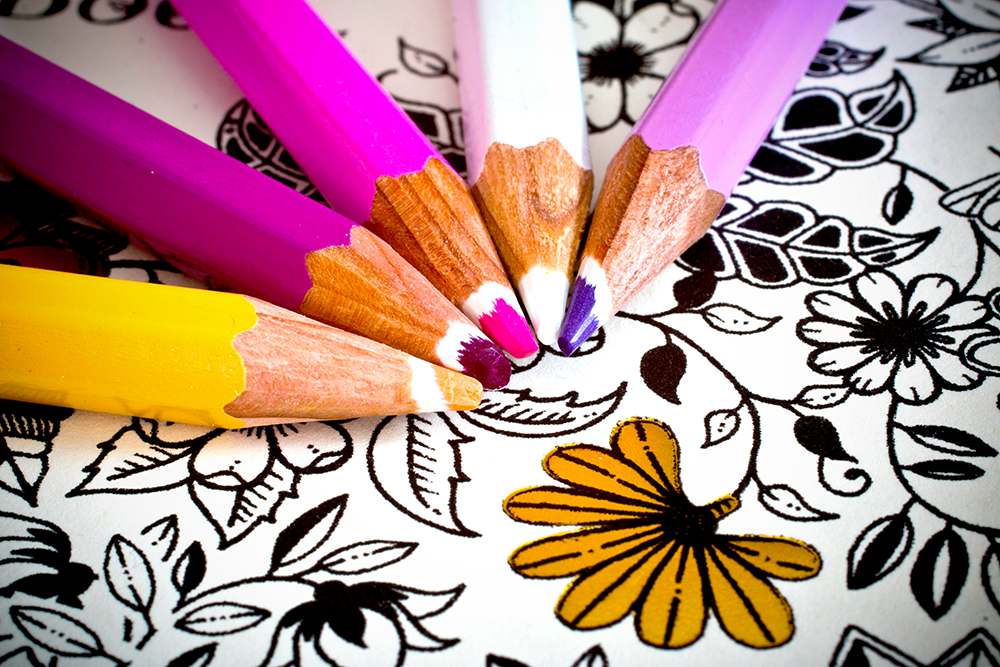
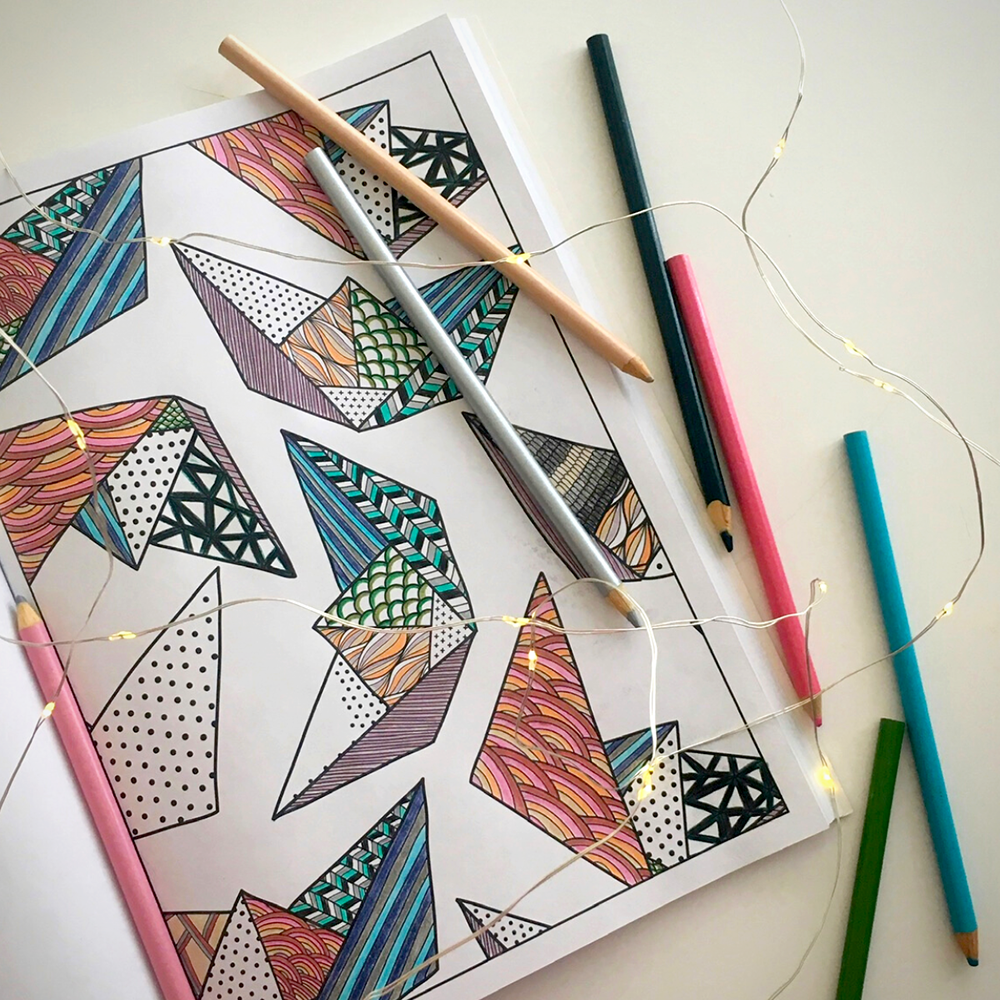
Eager to learn how to work with watercolor pencils? Check out Gemma Chambers Art's video!
Want even more content about creativity and art?
Be sure to check out all of our creative chronicles!
Interested in learning about watercolors?
Check out some of our other articles:
-Can you watercolor in coloring books?
-Do you wet the paper before watercolor?
-Can you use Crayola markers as watercolor?
